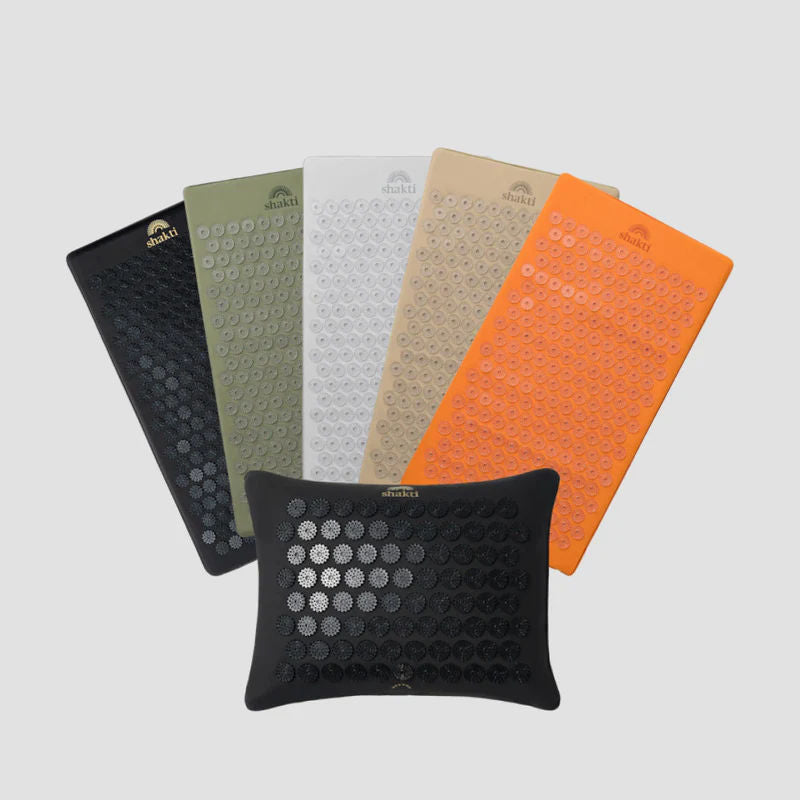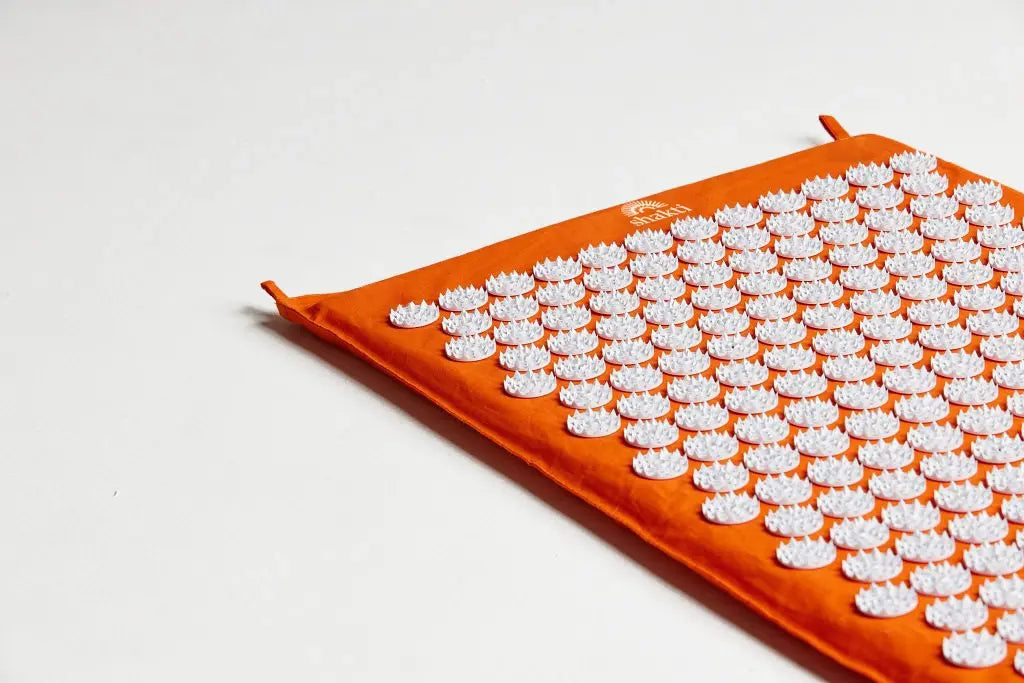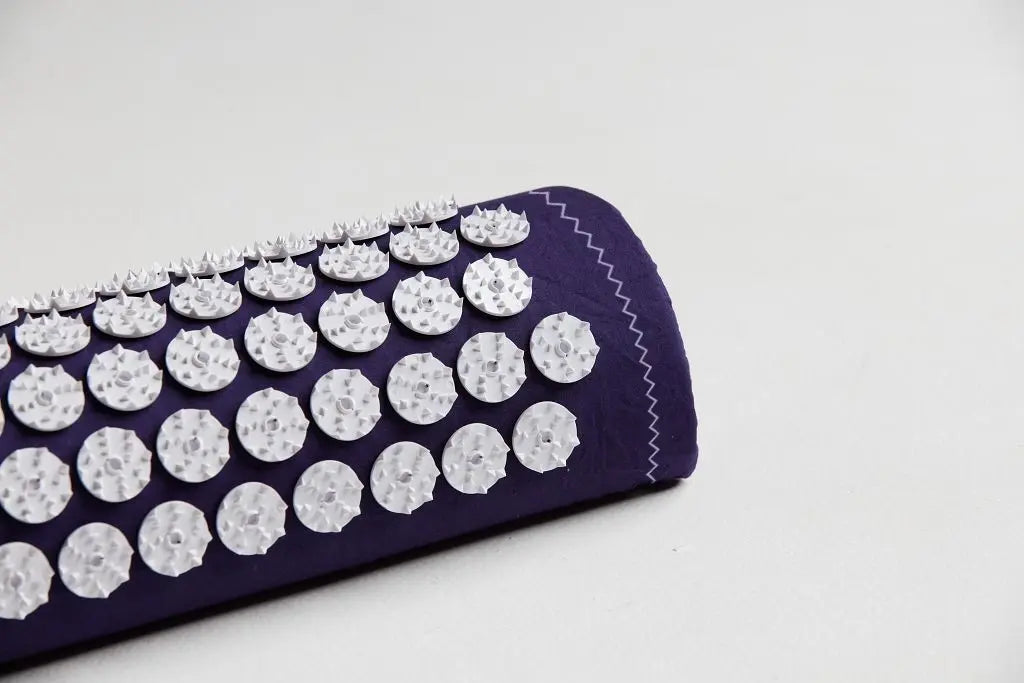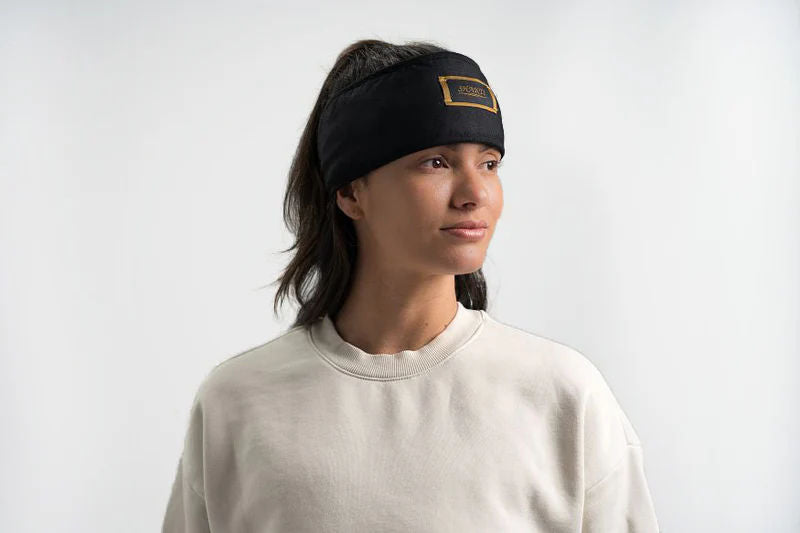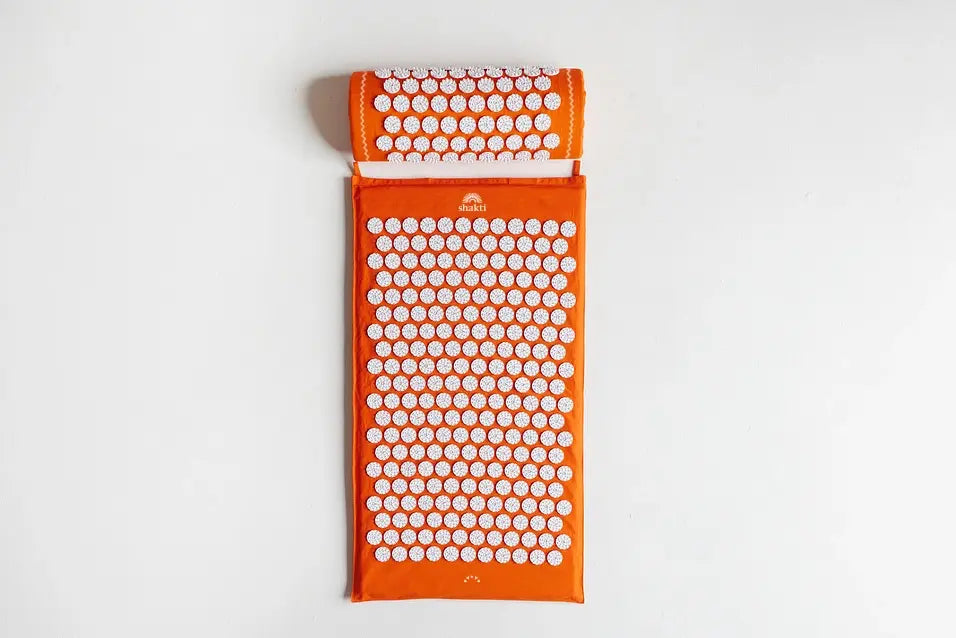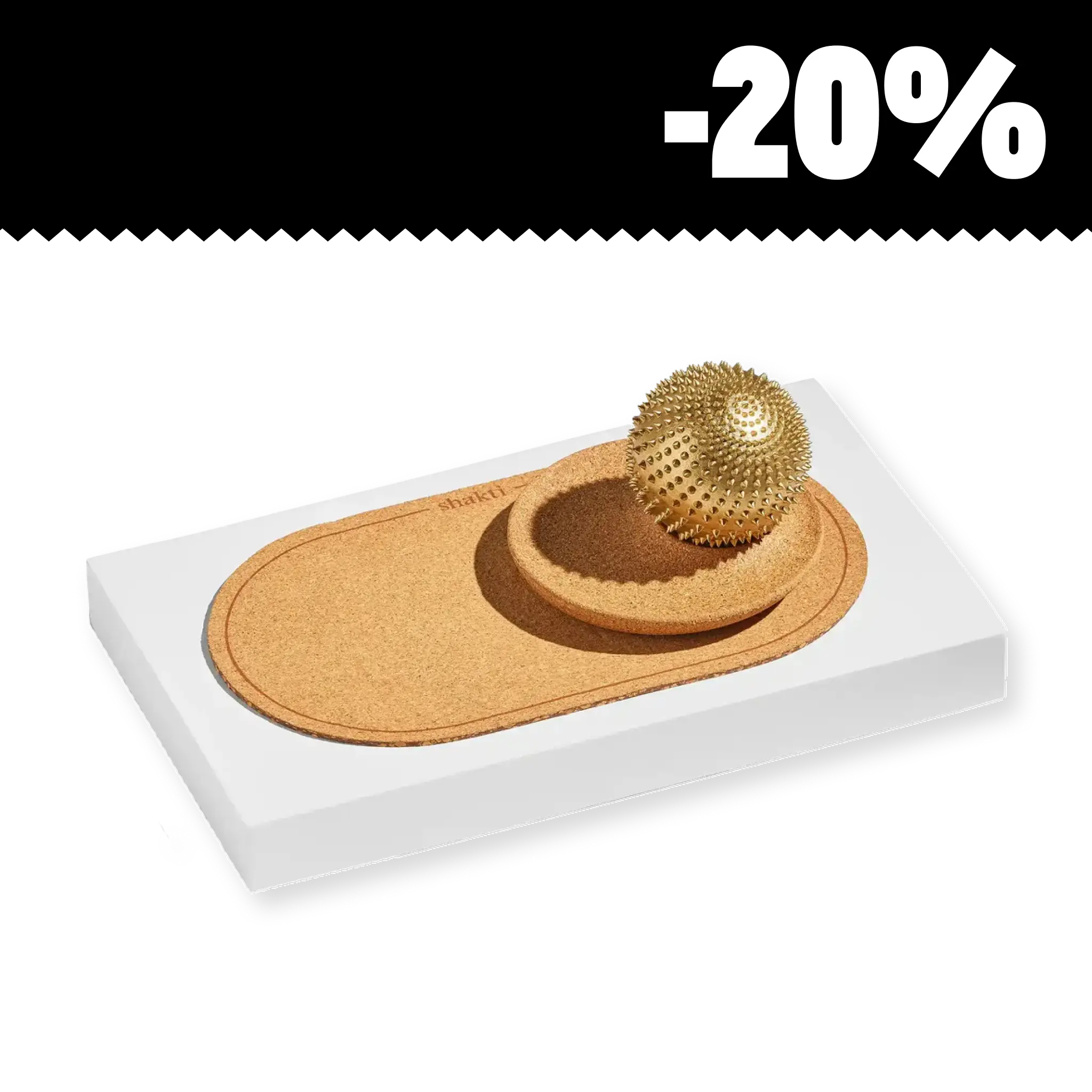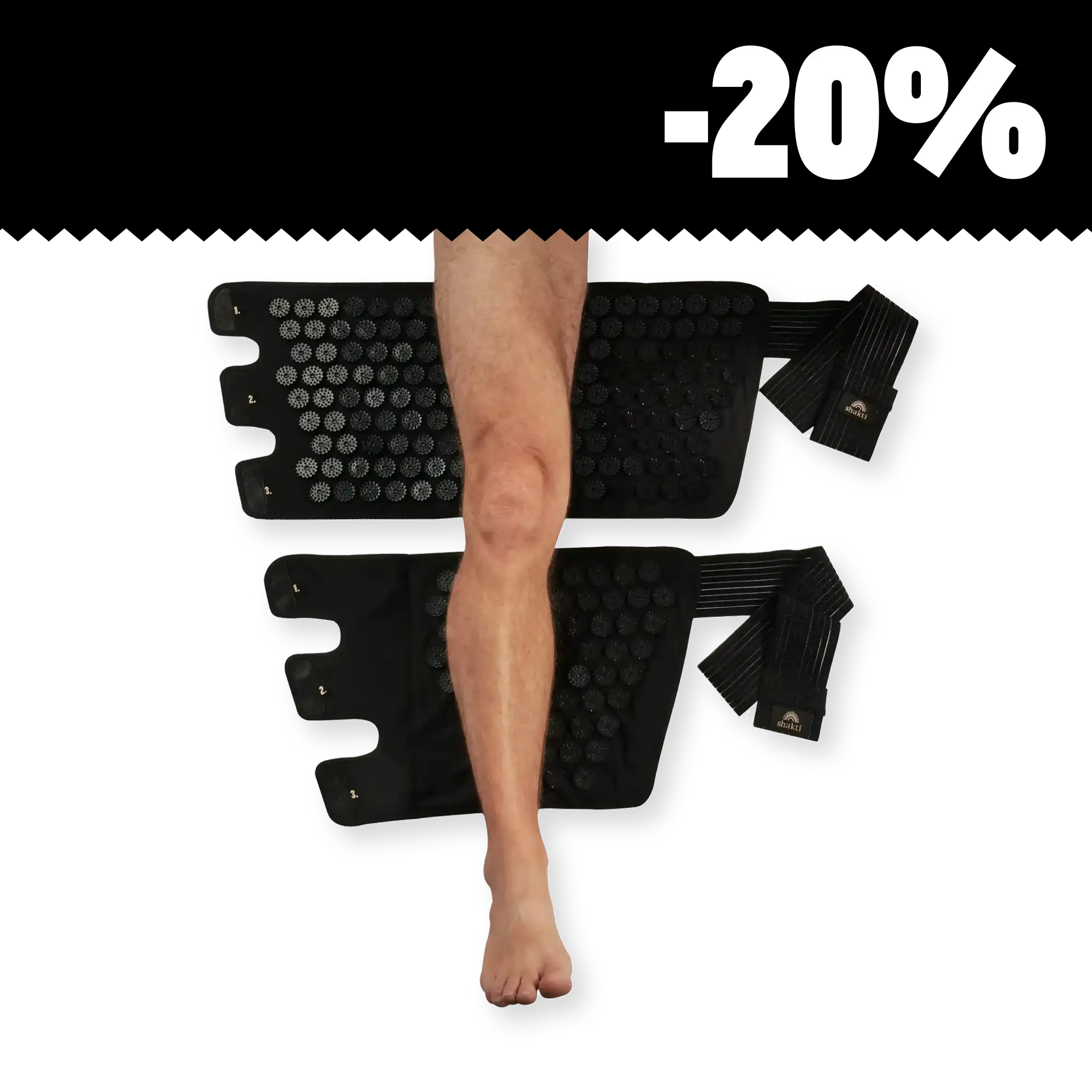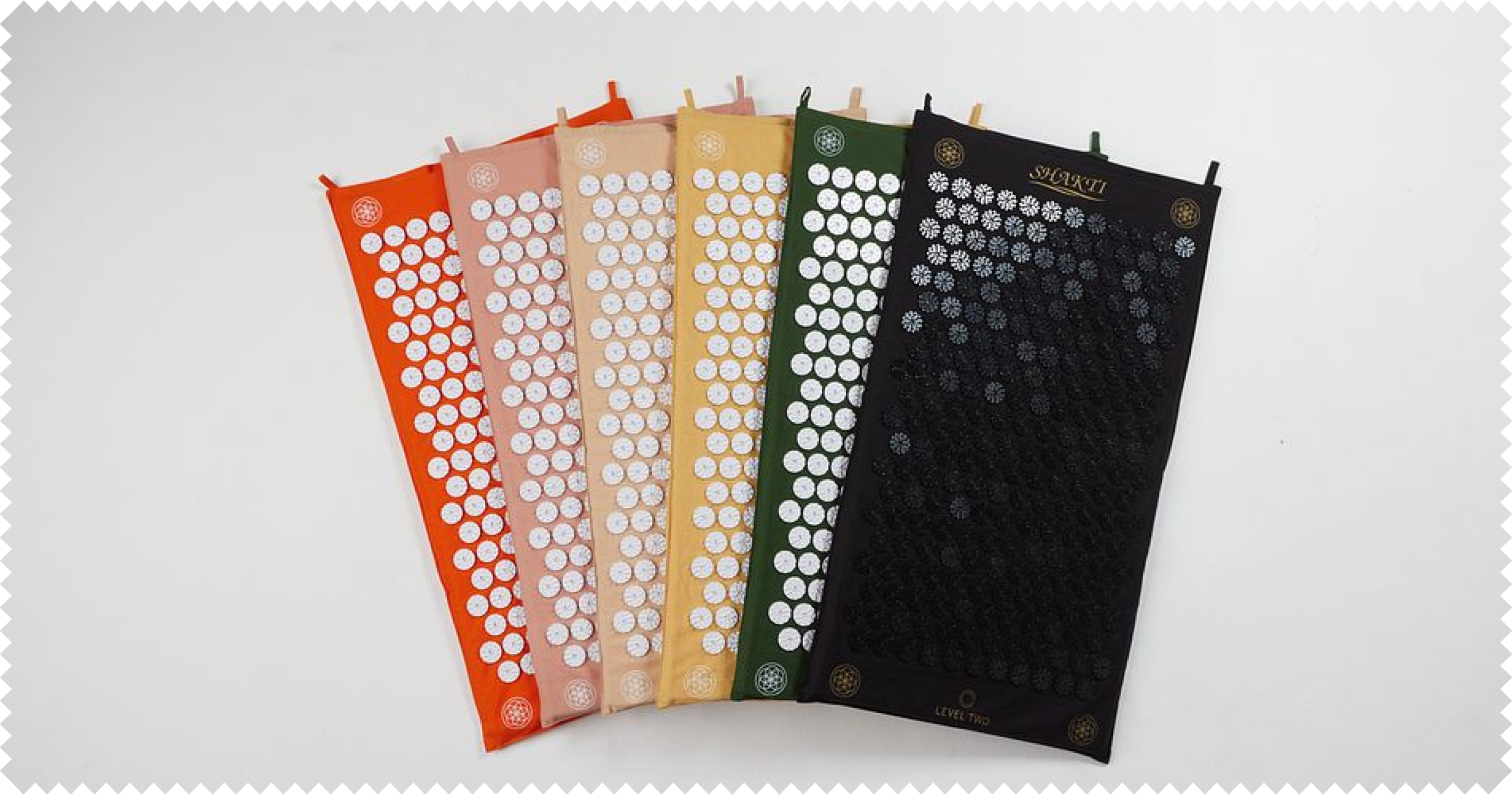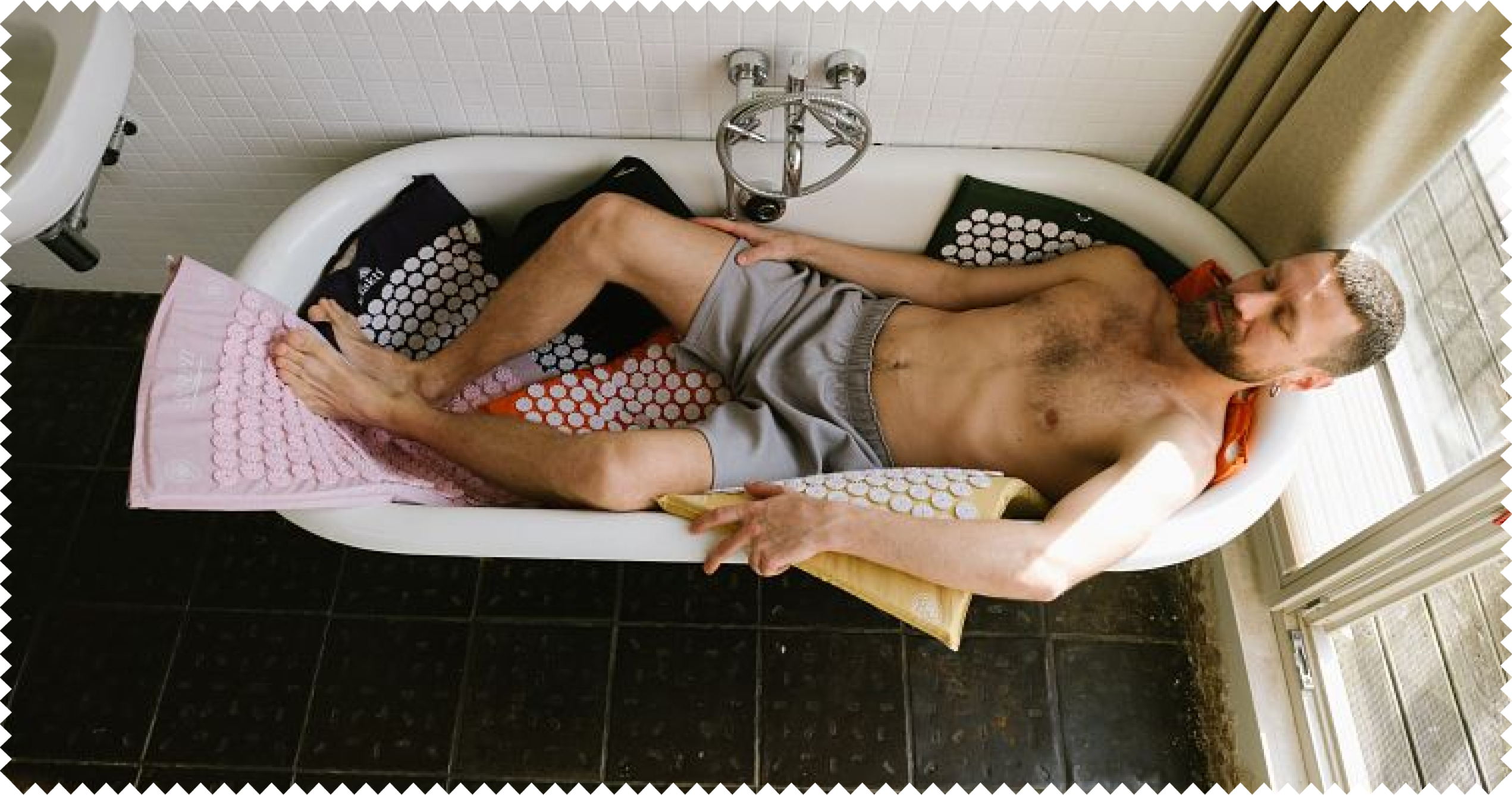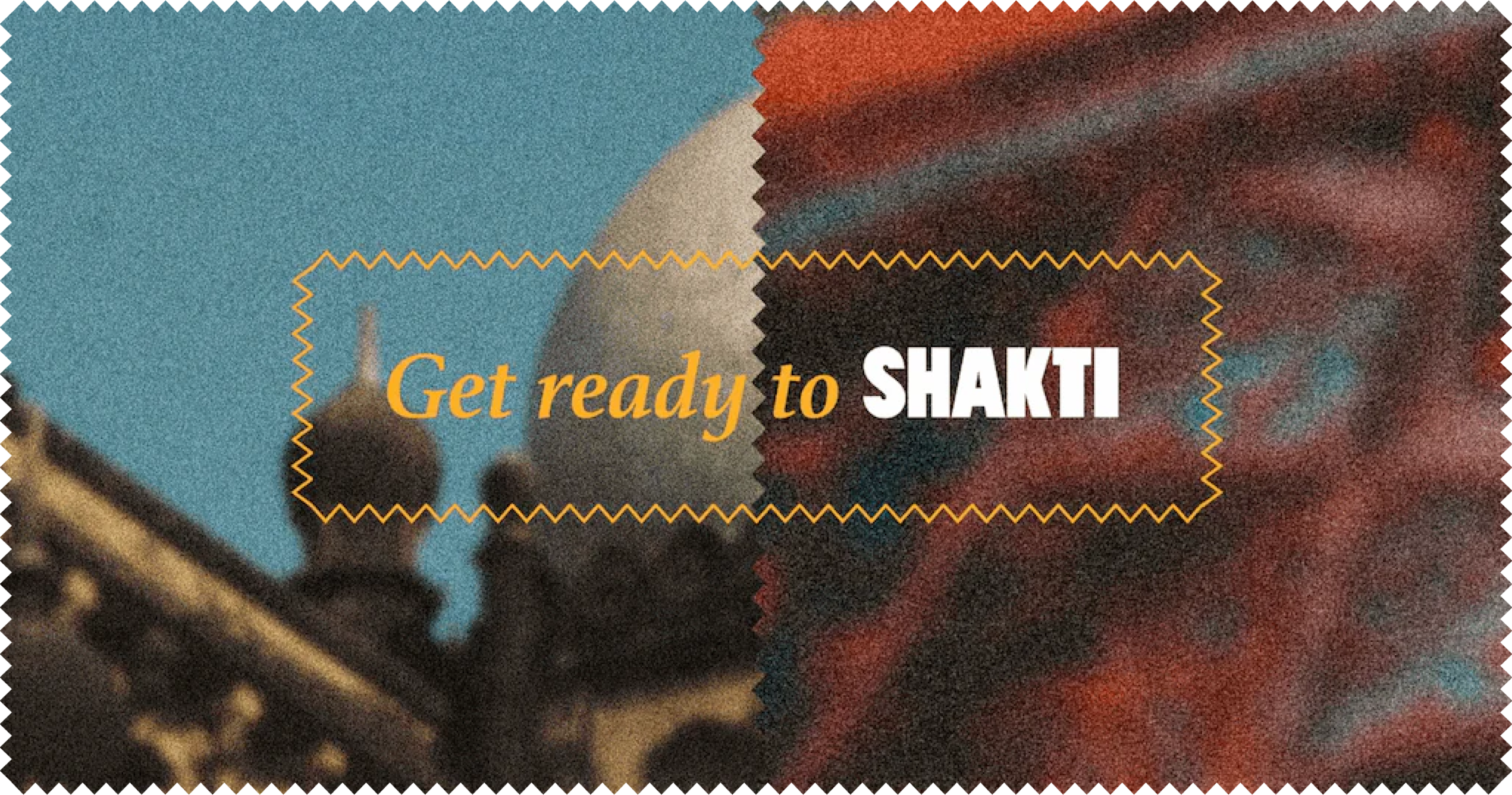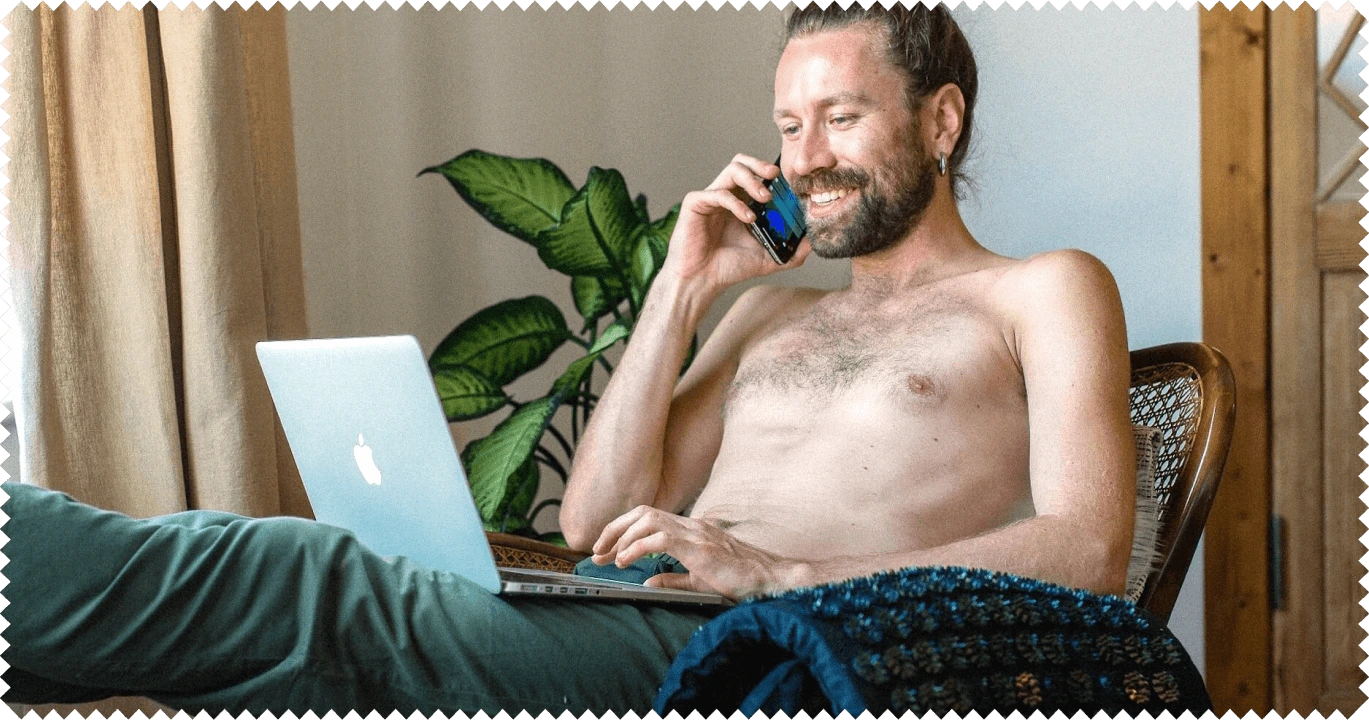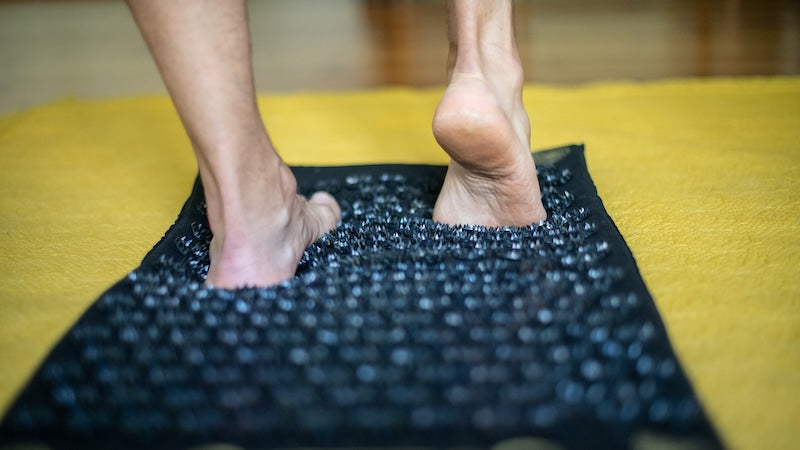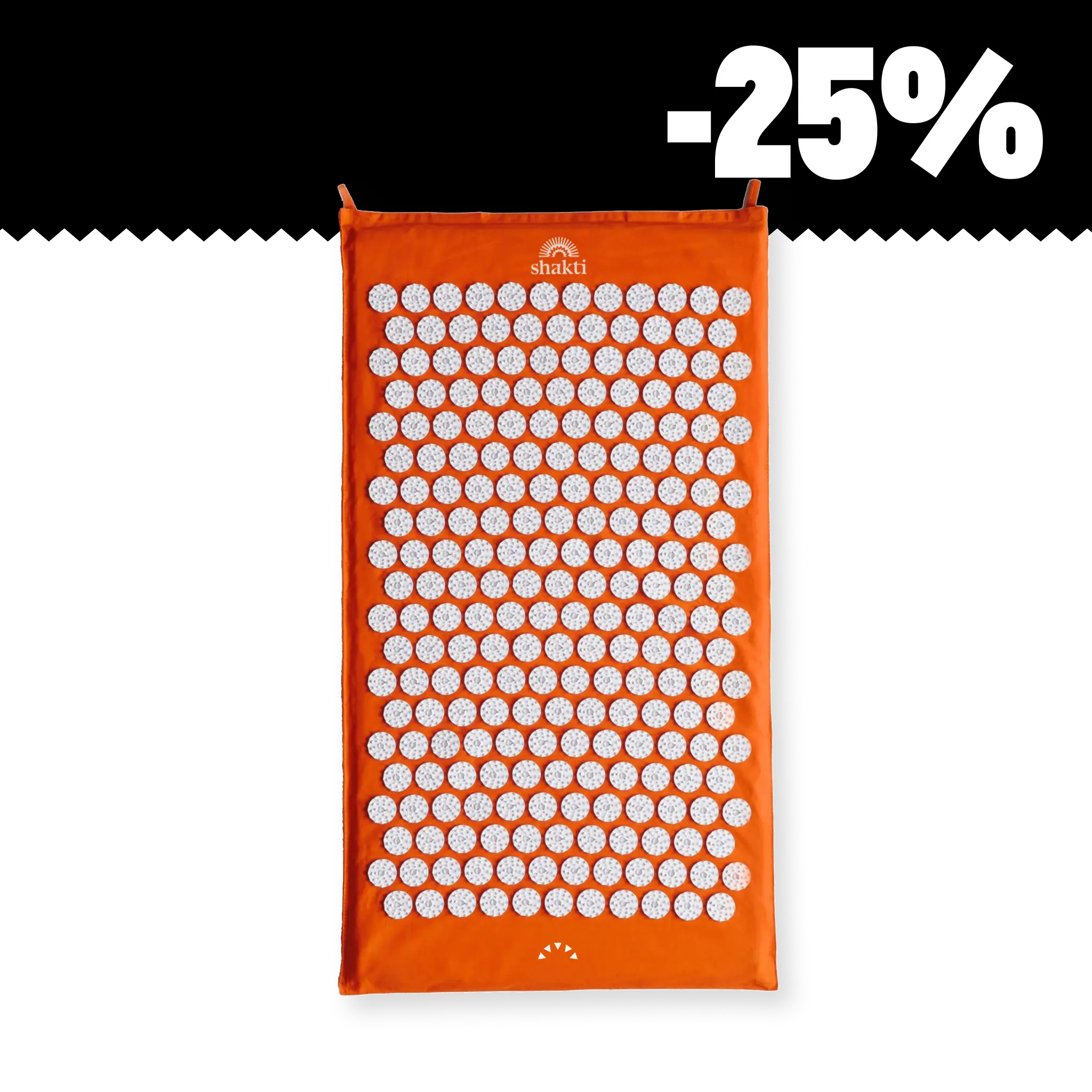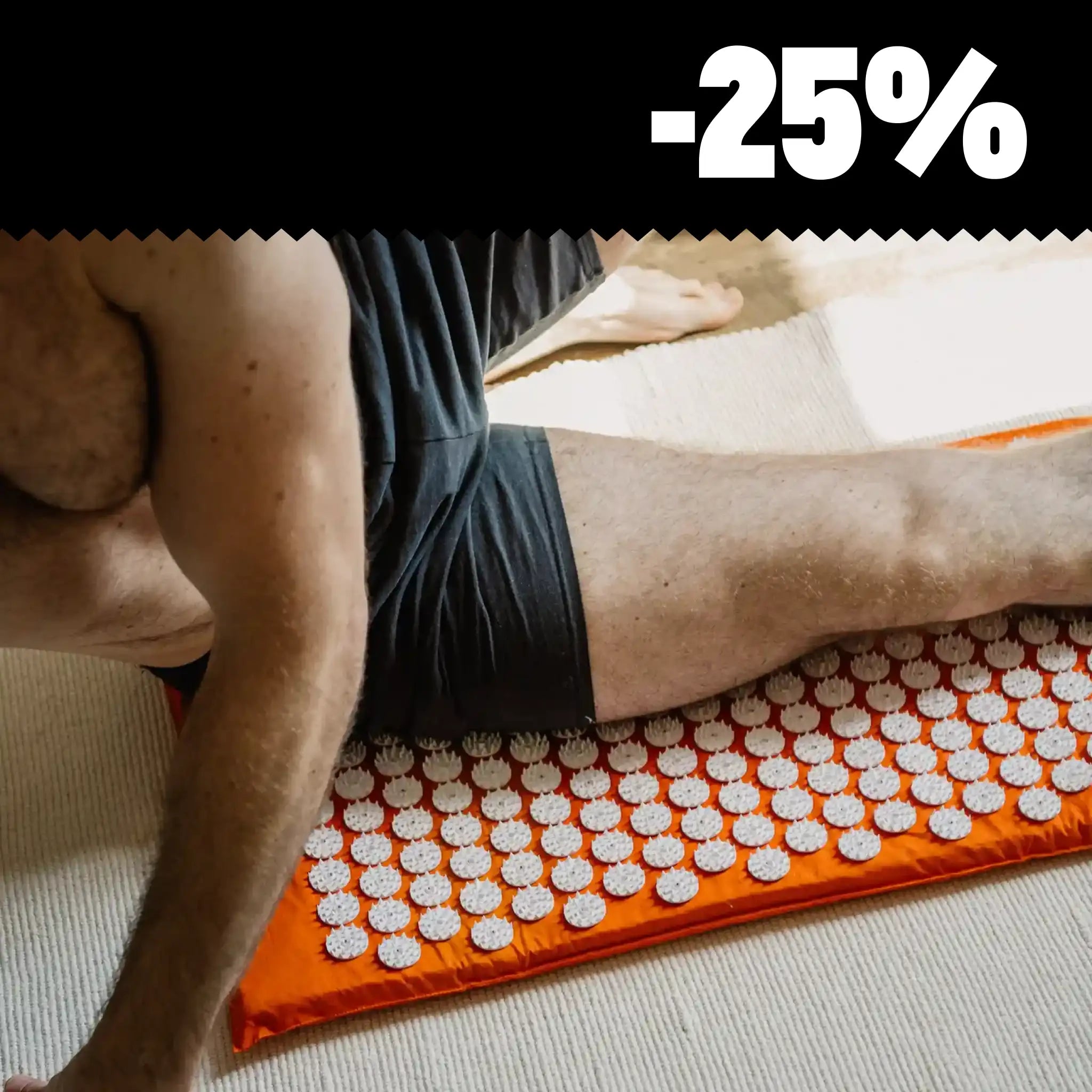Have you ever thought about how important our feet actually are for our health and well-being? They carry you through your everyday life and your whole life and yet they get quite little attention and care. Acupressure and reflexology are a natural way to do something good for your feet and therefore for your whole body.
In this article you will learn what acupressure is, what it can do for your feet and which exercises everyone can easily do at home. We'll also talk about reflex zones on the feet, the difference between acupuncture points and reflex zones, and how you can strengthen your foot muscles without much effort.
Content
2. what effect does acupressure have on the feet?
3. which acupressure points are there on the foot?
5 What is the difference between foot reflex zones and acupressure points?
6 Where are the reflex zones on the foot?
7. exercises to strengthen the foot muscles
8. how to use an acupressure mat for the feet?
What is acupressure?
Acupressure is based on Traditional Chinese Medicine (TCM). The principle works very similarly to acupuncture. In acupuncture, needles are used to stimulate points on energetic pathways called meridians. This, according to TCM, restores balance. Both the body and the psyche can be positively influenced.
With acupressure, you simply leave out the needles. Instead, you apply light pressure to the corresponding points or tap them lightly for a few seconds.
So if you have stayed away from acupuncture so far because of the use of needles, you can relax and let go with acupressure - for example on a Shakti Mat.

Lisa stands on the Shakti Mat Orange acupressure mat while brushing her teeth and gets her acupressure kick for the perfect start to the day.
What does acupressure do to the feet?
Many people report that acupressure on the feet not only helps with various physical and mental ailments, but also makes them feel more vital and full of energy.
Martina, for example:
- chronic pain
- Headache, back pain, pain in the limbs (e.g. as a result of osteoarthritis)
- Headache
- Anxiety
- Fatigue
- Nervousness
Who would have thought that such a simple method could have so many positive effects! Try it out and observe the changes in your everyday life. Fewer headaches? More energy? Better mood? We'd love you to tell us about it! You are welcome to do so in our Facebook community. Many people share their experiences with acupressure there.
What are the acupressure points on the foot?

By regularly standing on the acupressure mat, you give your feet a massage and "press" many acupressure points at once. This way you can thank this hardworking, reliable part of your body for its daily services.
There are many acupressure points on the feet. But let's get into the topic slowly and first deal with three of the points that you can activate on your foot.
The "Illuminated Sea" Point (KL-6)
"Enlightened Sea" point is really a nice name for an acupressure point, isn't it? If you're looking for KL-6, you'll find it on the inside of your ankle. Place your thumb across just below your ankle bone. The point you are looking for is now directly below your thumb. Stimulate the point lightly. You can do this on both feet at the same time.
→ Effect: If you often have stiff or swollen ankles, this point can help to alleviate the discomfort.

The "High Mountain" Point (BL-60)
If you just tested the "Enlightened Sea" point, you don't have to go far for the "High Mountain" point. Grasp your heel and use your thumb to find the indentation located between your outer ankle bone and the Achilles tendon. You can keep this point pressed for about five minutes. After about 30 seconds, you can reduce the pressure slightly for a few seconds. Observe whether anything changes if you do this a few evenings in a row.
→ Effect: The "High Mountain" point can help if your feet are swollen, your thighs hurt or you have discomfort in your lower back.
IMPORTANT! If you are pregnant, this point is not suitable for you for the time being, as it can trigger premature labor. However, if you have problems with swelling in your feet, the "Enlightened Sea" point could be helpful for you. Give it a try if you feel like it.
The "Quiet Sleep" point (BL-62)
Your feet are currently sensitive to pain and you have also slept badly? Then maybe give the "Calm Sleep" point a chance today. For this point, turn your attention to the outer ankle bone. Feel from the ankle downwards towards the heel. The first indentation you can feel there is the BL-62. You can hold this point for one to two minutes with light pressure. If you wish, you can stimulate this point every day.
→ Effect: If you feel pain in your feet or ankles and have trouble sleeping, this point could help you find relief.
What are foot reflex zones?
Do you travel a lot and still don't want to miss out on your daily activity? Then our footpad is just the thing for you - robust, foldable and smaller than a laptop.
The reflex zones on the foot are specific areas that are associated with different regions of the body or organs. Dr. William Fitzgerald and Edwin Bowers, who initiated this method, talked about the fact that body regions are "mirrored" on various limited areas of the foot, hands and ears. If these areas are now stimulated, for example lightly pressed or tapped, this can have an effect on the body region to which they are connected.
What is the difference between foot reflexology and acupressure points?
Massage of foot reflex zones and stimulation of acupressure points actually have similarities. However, there are very important differences. Namely, the two methods are of different ages and the areas in which they act are different. But one thing at a time: Let's take a closer look:
History:
Acupressure is a millennia-old method, which can therefore already be called a tradition. It is based on principles of Traditional Chinese Medicine, abbreviated TCM. Acupressure involves the whole body.
Reflexology, on the other hand, was first developed in 1913 by Dr. William Fitzgerald and Edwin Bowers and originates from Ayurveda, an Indian medical approach. The focus here is mainly on the feet, but hands and ears can also be included.
Background of the methods:
The methodological background and basic principles of acupressure and foot reflexology are also completely different.
Have you ever heard of the Qi? Qi is at the heart of TCM and is a term for energy that flows through the body. This happens, according to TCM, in pathways called meridians. There are twelve main meridians that affect specific organ systems. Some are also named after the organs they influence. Among others, there is the lung meridian. A rather unusual name is the triple warmer meridian. This is responsible for combustion processes.
If the flow of Qi does not function optimally, you may experience discomfort. You get headaches or have trouble falling asleep.
It is completely different with foot reflexology. In this method, the body is divided into ten vertical and three horizontal zones. The lines that delimit the zones all end at the foot. The zones on the foot in turn reflect certain parts of the body or organs. By massaging the corresponding points on the foot, it is thus possible to influence complaints in other areas of the body.
Where are the reflex zones on the foot?
But where exactly are these reflex zones on the foot now? As shown in the illustration, many of them are found under the sole of the foot. From the heel to over the surface of the toes, the various zones extend. But there are also foot reflex zones on the back of the foot and around the ankles. However, let's focus only on the sole of the foot for now.

This simplified illustration of some foot reflex zones shows how the whole body is reflected on the soles of the feet.
In the picture you can see which parts of the body are connected to it. From the sciatic nerve to the solar plexus, everything is represented. Does that look complicated? Don't worry! The reflex zones can not only be stimulated individually. You can also gently press several at the same time. It's really easy with the Shakti Mat. We'll show you how it's done!
Exercises to strengthen the muscles of the foot
Your feet are your connection to the earth, your roots, so to speak. If something is wrong with them, everyday life becomes directly more difficult. So for your overall well-being, it's important to have healthy and strong feet. Although many people go to gyms and steel their muscles, the foot muscles are probably one of the muscle groups that are easily forgotten.
Do you want to do something good for your feet and thus for your whole organism? Then try the following exercises. Use them to mindfully feel inside yourself: Which one feels particularly good? How do these exercises affect other parts of the body?
The heel lifter
You need a stable surface for this exercise. Stand upright and press your shoulders down slightly to keep your back straight and your stance proud and stable. Now place your feet next to each other with a small gap between them and bring your heels together so that they touch.
Then lift your heels upwards, continue to press your heels together and then lower them down again. Make sure that your upper body remains straight throughout this entire movement.
→ What does this do? This exercise not only trains your foot muscles. It also strengthens your calves. The pressure of the heels against each other activates a muscle in the lateral shinbone, which stabilizes your ankle and thus counteracts injuries such as torn ligaments.
Claw feet
The upright stance is also important for this exercise. However, you can also do the exercise while sitting in an upright position. The great thing is that you can do it at any time, because it's just a matter of curling your toes. Hold the tension for a moment and release. Repeat this a few times.
You can also go to the next level with this exercise. Do you sometimes drop objects at home? If it's a small object like a pencil, try grabbing it with your toes and picking it up.
→ What does this do? This exercise strengthens the forefoot and the mobility of the toes in particular.

Spread toes
The movement required in this exercise rarely occurs in everyday life and could therefore be a challenge. Try to pull your toes apart using only your foot muscles. If this is still too difficult, hold your toes with your hands and spread them apart. Then slowly bring them together again. Try to involve your foot muscles in both movements.
→ What does it do? This exercise keeps your arch stable and strong. It's great for runners and anyone who likes to be on their feet.
How to use an acupressure mat for the feet?
What is an acupressure mat anyway? An acupressure mat is about the size of a towel and has small spikes that stimulate your acupressure points when you lie on it, for example. However, there is also an acupressure mat for the feet. When you stand on it, you automatically exert pressure through your body weight, which stimulates the acupressure points and massages the foot reflex zones.
It doesn't take much to use an acupressure mat. You just need to take a little time for yourself and focus on your self-care for a moment.
If you are interested in the topic of self-love and self-care, then we have an exciting article for you: Self-care - the art of looking after yourself.

In principle, you can use your acupressure mat or foot pad whenever and wherever you want. Whether it's under your desk, with a good book or as a challenge between friends - there are no limits to your imagination. Listen to your body and try out what works for you.
You can combine this with everyday habits. For example, place your Shakti Mat next to your sink. When you brush your teeth in the morning, you can take a soothing, energizing foot massage with you. Your feet will be well supplied with blood and ready for the day. You can also make acupressure part of your evening ritual. Do something good for your feet at the end of the day.
If you are new to this method, first stand on the mat with thin socks and notice how it feels. A little uncomfortable? Then take your time and use the mat with socks. If you need a more intense massage, you can simply take off your socks.
Caution: In a few cases, the use of an acupressure mat should first be discussed with a doctor. This should be done if you suffer from a blood clotting disorder, have open wounds or inflammation on your feet and if you are pregnant.
Conclusion
Using an acupressure mat can be like an oasis in the hustle and bustle of everyday life. Take a few minutes a day just for yourself. Feel into your body while standing on the mat and find out which exercises and intensities make you feel like a million bucks.
If you are looking for people to talk to about the topic and other questions about acupressure, you are welcome to join our Facebook community.

About the author
MARIA a.k.a. MASHA is an author, columnist and screenwriter. She loves and enjoys Berlin to the full. But sometimes she gets wanderlust and comes up with crazy ideas, like surfing on couches in Mexico or wandering alone in the jungle. Otherwise she is quite sensible, writes for Neon, Mit Vergnügen or Refinery 29 or works on film productions, including for Constantin Film. Together with her boyfriend, she has realized a project close to her heart and founded a German/English online magazine, Literaa Poetry.
- Krüger D. (2017) Type of acupuncture treatment. In: Acupuncture in mental illnesses. Springer, Berlin, Heidelberg. https://doi.org/10.1007/978-3-662-53677-3_3
- Song HJ, Seo HJ, Lee H, Son H, Choi SM, Lee S. Effect of self-acupressure for symptom management: A systematic review. Complement Ther Med. 2015 Feb; 23
- N. Robinson, A. Lorenc, X. Liao: The evidence for Shiatsu: a systematic review of Shiatsu and acupressure. In: BMC complementary and alternative medicine. Volume 11, 2011, p. 88
- https://massageausbildung-bns.de/fussreflexzonenmassage-wirkung/#:~:text=Die%20Wirkung%20der%20Fu%C3%9Freflexzonenmassage%20ist,die%20Fu%C3%9Freflexzonenmassage%20einen%20positiven%20Einfluss.
- Martine Faure-Alderson: Reflexology total. AT Verlag, Aarau 2011, ISBN 978-3-03800-538-4.
- https://www.heilpraxisnet.de/ganzheitliche-medizin/fussreflexzonenmassage-anwendung-und-wirkung/


